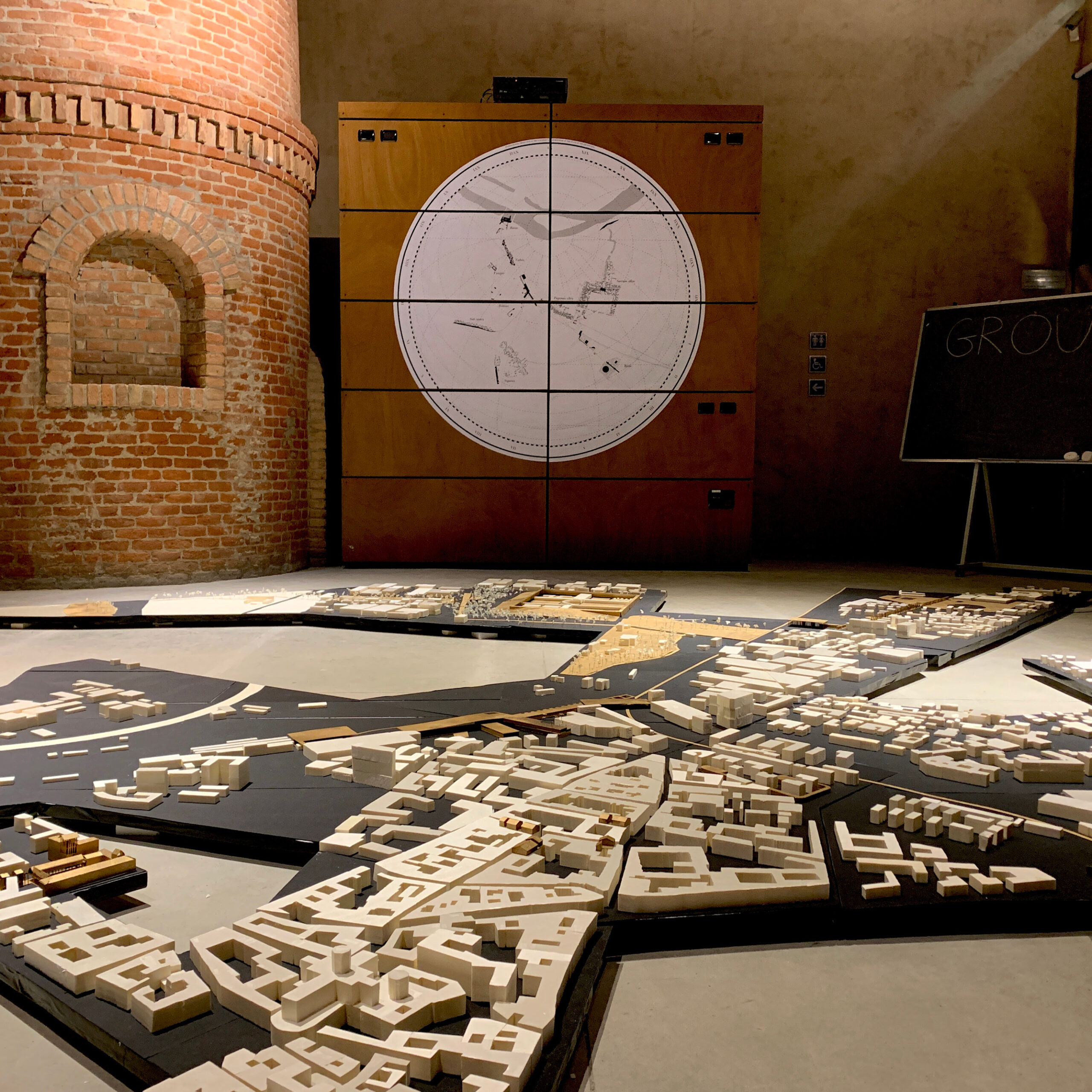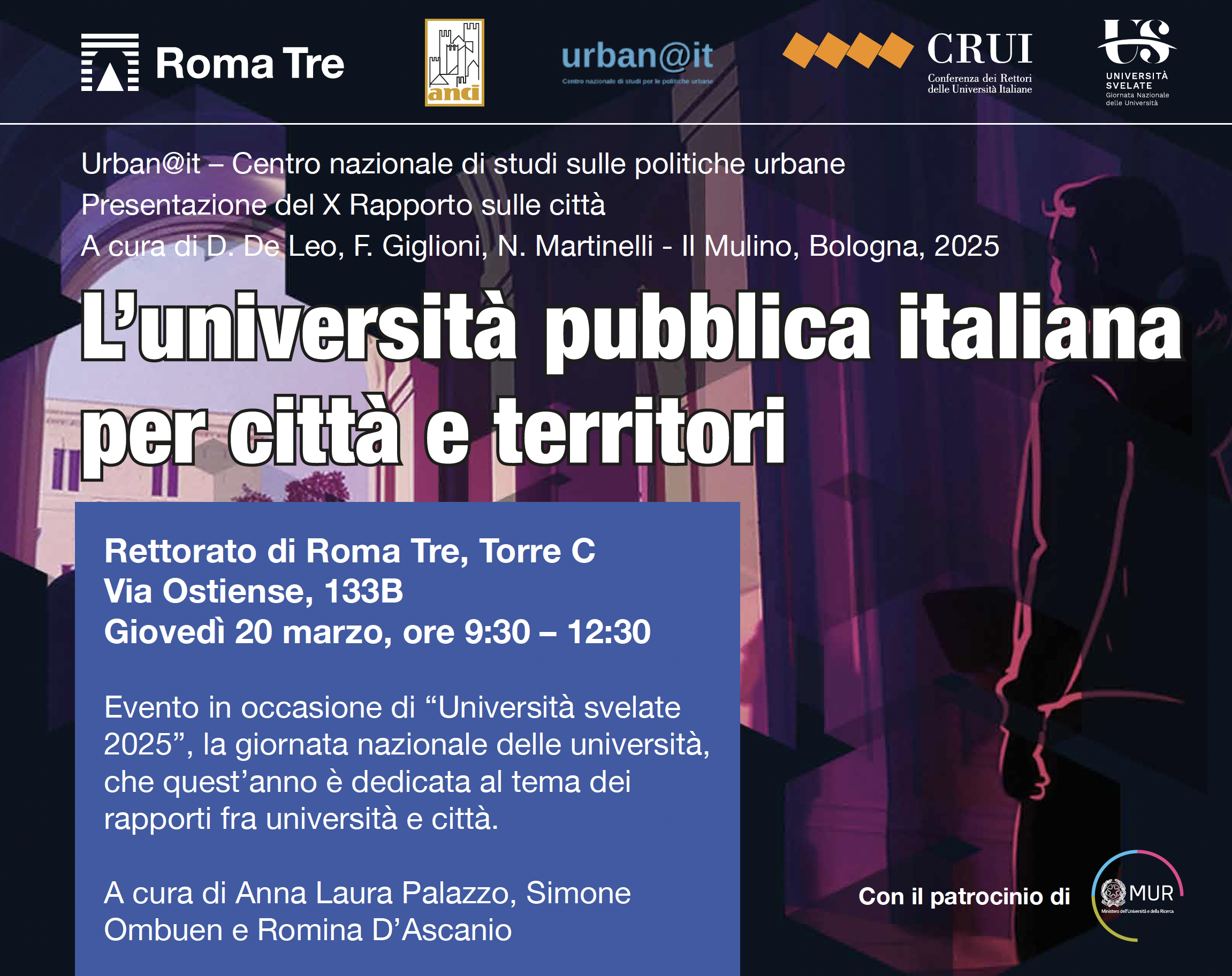NEBULAE. CLUSTERS OF NEW PERIPHERIES | Introduction

Author: Roy Emiliano Nash[1]
“Nothing is more natural than the fact that simple bodies exist on a variety of globes in different proportions, causing discrepancies in density. Granted, the materials of a nebula must find their respective place on the surface of the planets according to the laws of gravity, but this arrangement does not prevent the simple bodies from coexisting within the whole of the nebula and then to order themselves in accordance to these laws. It is precisely the case in our system, and, as it appears, in the other stellar groups too.”
L-A. Blanqui, Eternity by the Stars, 1872
Abstract
The tenth edition of the Open City Summer School focuses on the theme of “New Peripheries.” This essay explores the concept of fragility within our environment and the necessity of a comprehensive redesign of our built surroundings. Emphasizing the interconnectedness between cities and the global ecosystem, it advocates for sustainable and socially viable design approaches. The essay underscores the importance of understanding and preserving the history and unique qualities of existing structures and landscapes while adapting to evolving contexts. It highlights the significance of envisioning positive solutions to address environmental challenges and transform fragilities into opportunities for innovation and resilience. Lastly, the essay emphasizes the potential of repurposing neglected spaces and revitalizing abandoned buildings for diverse activities. This research aligns with the objectives of the Open City Summer School in fostering innovative solutions for urban and environmental challenges.
INTRODUCTION
2020 – we still live in a precarious habitat; the entire world and any form of life is threatened. Be aware this is not a sci-fi movie, this is reality.
Yesterday, seems so far, but it has never been so close again, in front of us, all the chances we had to build a safer environment, all our credos, in a more equal future, in globalization, in freedom have turned against has.
Nature has finally shown us, how fragile is our entire existence, circumstances can continuously change and stop us.
And whether these changes are caused by our insane way of living, or whether they are generated by a simple but insidious new small virus popping out from a mysterious and hidden place, certainly the equilibrium is broken. It is lost.
Fragility seems to be in everything that lies in a precarious balance, which all of a sudden can disappear.
FormaFormaYes. This is recurrent throughout our entire history of humans and yes even before our arrival on earth, the power of nature, or simply the insensitivity of the cosmo has demonstrated that any sort of unpredictable scenario is possible.
But in the end our belief of being able to adjust nature to feed our requirements has disappeared.
Fragility is spread around each corner in our cities, fragility governs our landscapes.
A never-ending exchange between humans and nature has come to a new perspective, a new dialectic has taken place: our needs have to be combined with natural forces and the entire palimpsest we built should be redesigned.
All the revisions should be very specific, and yet embrace all the different spheres, social, architectural, economic.
Reason why cities can’t be seen anymore just such a human creation, independent from the rest of the planet but rather connected on different scales with the entire globe and strictly bound to the environment and the ‘outer world’.
The ‘outer world’ can’t be left ‘behind the walls’ and it is not even the ‘peripheral space’ around ‘city centres’, which for decades has been out of any control.
The outer world is nature, landscape, and each human being living on earth.
Nobody can be left behind, and each place can be insidious when it is forgotten.
Looking from this perspective to the entire territory we inhabit, each study regarding the smallest part of built fabric or countryside should be framed in a wider picture, in which every single effort to improve human condition and re-qualify the environment will contribute to the switch of paradigm and the approach to design.
First of all, the actions taken should consider a sustainable target in order to be constructive and determined, they should resolve conflicts and create better condition for all the citizens of different groups and ages.
When the focus is brought towards the reconversion of exiting areas, the implications are even more profound and a particular attention should be placed at the history of the site and to the inner character of each element without deleting the value of memory.
The knowledge of the site implies the recognition of existing rules and mechanisms which have to be considered to evaluate a sustainable, socially feasible approach.
Each design considered those rules goes beyond the status quo to introduce variables coming from new conditions determined by an ever-changing context.
Those variables concern culture, weather and economic aspects that often are breaking the exiting conditions and even more often are looked as catastrophic.
In reality the history is built through changing facts and the ability of humans to adapt themselves to the environment has make them one of the most powerful animals on earth. Thus, the microenvironment we create in each single corner of the world today has a particular importance because it is interconnected to thousands of other spheres and trigger a chain reaction.
Often these reactions are driven by various factors that are able to change the entire lifestyle of many generations. While from the past we inherited many negative conditions which are causing problems to human health and nature, today a positive vision is necessary to repair to environmental disasters and adversities caused by climate change and the very high density of the population growing constantly in the planet and an even bigger lack of resources and uneven balance among specific regions in the world.
A multitude of initiatives, from govern agencies regulation to many private sectors which imply a green approach to the market, are driving a period of re-innovation of ambitious but reasonable targets.
Humans have understood that our lifestyle should be less pretentious and bound to the environment in order to keep the right balance and let fragilities become an opportunity to redesign our cities, new green infrastructures and resilient landscapes.
And from this perspective loads can be learnt from the past.
Places considered neglected are today a potential still unexplored, and what in the past could be defined as negative, today can be reconsidered from a different perspective.
For instance, left over spaces in our cities are flexible areas to be redesigned and used for various functions or temporary needs, neglected infrastructures can be reconverted and turned into “breathing lungs” or “green corridors”, abandoned buildings can be rethought with small adjustments and host diverse activities.
But while ‘yesterday’ the city growth focused much the attention to the city borders today all those ‘city parts’ can be found spread around the built fabric even in the inner heart of our most attractive urban centres.
Proximity, continuity, compactness are physical qualities that still belong to urban design where a component of permeability and porosity of the ground level should be enforced and interlaced with public infrastructure and light mobility in a new vision of urban landscape where technologies and nature are the two faces of the same coin.
The city permeated by those areas and with a capillary attention drawn to each single corner has lost its physical quality of a compact urban nucleus turning into a much more diaphanous nebulae where interactions start to take place on different levels of complexity often intangible.
[1] This essay is the result of the collaboration and of the dialogue between the Supervisors, the Tutors and students of Group 1 of the OC International Summer School held in POLIMI Piacenza Campus from the 27th August to the 12th September 2019. Students: Bian Yilin, Cai Luyang, Chern Li Yoong, Di Leo Jonathan, Duan Meijie, Fan Zixuan, Fang Siwei, Jiang Haoran, Jiang Lian, Jiang Xuetong, Kunhi Najamun Nisha Moideen, Li Xiaoya, Li Tong, Lin Yuqing, Lin Yang, Liu Min, Lu Feng, Luo Yixin, Pieri Marco, Pinardi Elena Maria, Rovilos Panagiotis, Sun Hanqiu, Wang Yawei, Wang Ren, Wang Mengwei, Wang Meng, Yan Yijia, Yang Jun, Zhao Yinian, Zhi Yining, Zhong Xiaotian, Zhu Yidie, Zhuang Hongyi
This essay also represents the first in a series of four articles on the same topic.







